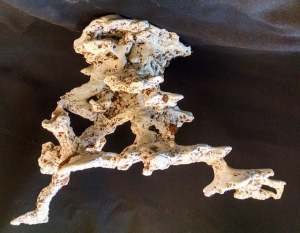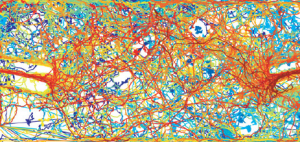Social behavior emerges from interaction networks which operate and form within a spatial context. To examine how spatial constraints influence the structure and function of these networks we study the behavior of the harvester ant Veromessor andrei. Colonies of these ants frequently relocate among subterranean nest sites [1] and change their collective behavior as they do so [2]. The architecture of the nest influences their collective behavior: the speed of recruitment to food increased with both chamber connectivity and a nest’s robustness to tunnel destruction behavior [3]. To examine whether nest architecture influences collective behavior through its impact on the ants’ interactions we combine lab and field experiments with social network analysis.
1. Pinter-Wollman N & Brown MJF. 2015. Variation in nest relocation of harvester ants is affected by population density and food abundance. Behavioral Ecology. 26(6):1569–76.
2. Pinter-Wollman N, Gordon DM & Holmes S. 2012. Nest site and weather affect the personality of harvester ant colonies. Behavioral Ecology. 23(5):1022-9.
3. Pinter-Wollman N. 2015. Nest architecture shapes the collective behavior of harvester ants. Biology Letters. 11:20150695.
A plaster cast of a nest of V. andrei:

Walking trajectories of P. barbatus in a lab nest chamber:

